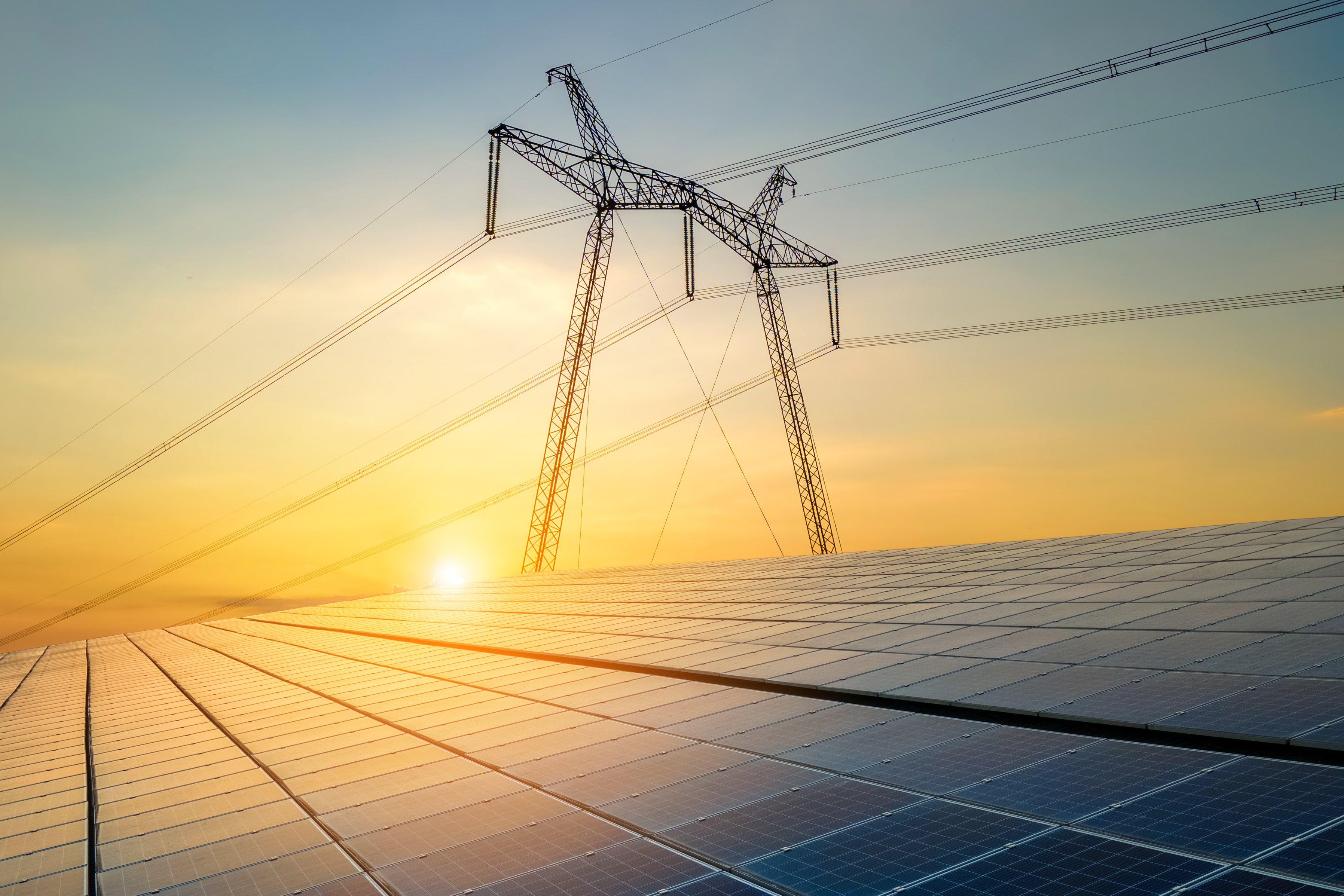The solar industry has become dominated by commodity solar panels, which often use similar underlying technology to convert solar energy into electricity. Each company has a slightly different structure and strategy, but broadly as commodity prices rise and fall, there's a correlation to improving or deteriorating earnings. When conditions are improving, it's time to consider getting bullish on solar stocks.
In 2019, solar demand has been strong and solar panel prices have been high, and the result is good earnings from the industry. If you're investing anywhere in the solar supply chain, it's time to be very bullish on the industry. Canadian Solar's (CSIQ +0.60%) recent results show exactly why.

Image source: Getty Images.
Solar module manufacturing is finally a good business
In the second quarter of 2019, Canadian Solar's module and systems solution business -- which includes manufacturing, operating and maintenance services and system kits -- had revenue of $673.1 million, gross margin of 22.8%, and operating income of $58.4 million. Margins were even consistent with the 22.2% generated in the first half of the year, which is very strong historically for the solar industry. Net income of $62.7 million, or $1.04 per share, is also a huge improvement from years of financial losses.
On top of the strong results, the future is looking brighter, with a 1.8 GW module sale agreement with EDF and another 500 MW deal with Solarcentury in Spain. Low interest rates and competitive economics of solar versus fossil fuels are driving higher demand globally.
In any manufacturing business, it's critical to keep plants running at as close to 100% capacity as possible to spread out fixed costs and then generate as much revenue from each product as possible.
On the cost side, Canadian Solar is running near capacity with second-quarter shipments of 2,143 MW compared to the capacity of 2,350 MW at the end of the period. That trend should continue, with full-year module shipment guidance of 8.4 GW to 8.5 GW.
Pricing hasn't been going up, but it hasn't been declining, either, and that's helped margins as costs per watt fall. According to Wood Mackenzie and the Solar Energy Industries Association, multisilicon module prices in the U.S. held steady in Q1 (the latest data available) sequentially at $0.36. Mono PERC modules fell $0.01 to $0.40 per watt. (See here for more on how solar technologies differ.)
With volume rising, solar prices holding steady, and costs per panel coming down, it's a great time to be a solar manufacturer.
What we can learn from Canadian Solar
There are a number of takeaways from early solar earnings. SunPower reported better-than-expected results and gave a bullish outlook, which First Solar replicated as well. They have differentiated solar products, but now that Canadian Solar has reported strong demand and margins, we can infer that will continue down the supply chain to manufacturers like JinkoSolar, Enphase Energy, and SolarEdge Technologies.
The big solar manufacturers are consolidating their power, and Canadian Solar, First Solar, SunPower, and JinkoSolar are four of the biggest panel manufacturers, with Enphase and SolarEdge providing critical inverters and power optimizers to the industry. If demand continues to be strong in 2019 and 2020 (as it appears to be), all of these stocks will have a bright future -- and the solar industry may finally be a winner for investors.










